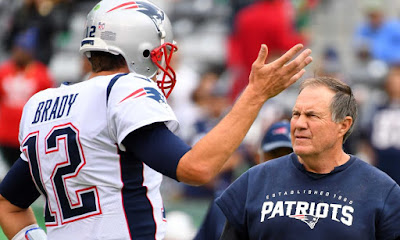Just after the game of basketball was invented in 1891, teams were called “fives” in reference to their five starting players. Basketball, like American society, was racially segregated. Teams made up entirely of African American players were often known as “colored quints,” “Negro cagers,” or “Black fives.”
The sport remained divided from 1904 — when basketball was first introduced to African Americans on a wide scale organized basis — until the racial integration of the National Basketball League in the 1940s and the National Basketball Association in 1950.
The period in between became known as the Black Fives Era, when dozens of all-Black teams emerged, flourished, and excelled. African Americans were making moves in basketball generations before the N.B.A. was born. At first, those teams – sponsored by churches, athletic and social clubs, “Colored” YMCAs, businesses, and newspapers – had few places to play, since gymnasiums and athletic clubs were whites-only. But when the phonograph emerged in the early 1900s, Black music – ragtime, jazz, and blues – became so popular that a dance craze swept America. Almost overnight, sheet music and player pianos in the parlor gave way to dance halls and ballrooms.
Positive and culturally affirming opportunities in the entertainment industry replaced the insulting, degrading minstrelsy of the past. For observant and enterprising African American sports promoters, these spaces became ready-made basketball venues on off nights, featuring music by top black musicians and dancing afterward until well past midnight. In urban industrial centers like New York, Washington, Pittsburgh, and Chicago, black people were in motion.
New migrants from the South as well as new immigrants from all parts of the Caribbean, Africa, Central-, and South America were looking for ways to meet each other and assimilate. As a result, Black Fives Era basketball games went beyond the sport itself and became meaningful social events.
 Though commonplace today, the marriage of basketball and music was an African American innovation that grew out of necessity, opportunism, timing, and broad cultural awareness by community leaders. This is why so many early game advertisements included the headline, “Basket Ball and Dance.”
Though commonplace today, the marriage of basketball and music was an African American innovation that grew out of necessity, opportunism, timing, and broad cultural awareness by community leaders. This is why so many early game advertisements included the headline, “Basket Ball and Dance.”There never existed a black professional basketball league akin to baseball’s Negro Leagues. However, independent African American teams played within a well-organized nationwide barnstorming circuit.
 They commanded national attention in the Negro press and headlines in local papers while battling for the annual right to be called “Colored Basketball World’s Champions.”
They commanded national attention in the Negro press and headlines in local papers while battling for the annual right to be called “Colored Basketball World’s Champions.”The Black Fives Era spanned what were perhaps America’s darkest yet most colorful years, a rich period that included the First Black Migration, the emergence of the phonograph and radio, the growth of entertainment culture, the explosion of jazz, ragtime, and the blues, vice reform, lynchings and race riots, the ballroom dancing craze, Prohibition, the Roaring ’20s, the Harlem Renaissance, the Great Depression, two World Wars, and the Golden Age of Sports.
Out of many, one African American team, the New York Renaissance (aka Harlem “Rens”) stood apart as arguably the most successful basketball team of the century, irrespective of race or ethnicity. From 1923 to 1948, the Rens won 2,588 of 3,117 games – a staggering winning percentage of 83% sustained over a 25-year period! The Rens ushered in the Harlem Renaissance period, smashed the color barrier in pro basketball, and helped pave the way for the Civil Rights Movement.
The teams and players of the Black Fives Era created something from nothing, with no road map, no instructions, and no recipes, despite many fears, doubts, and obstacles – and for little more than the love of the game. With definite plans, collective purpose, and relentless pursuit, they kept climbing to higher levels of success on increasingly bigger stages, in front of ever-growing audiences. All the while they fostered hope, aspiration, pride, unity, pragmatism, and self-esteem among African Americans during a time — the most pivotal period in black history of the last century — when those attributes were prerequisites for sheer survival.
The men and women of the Black Fives Era were true basketball pioneers whose desire simply to play their best and innovate the game opened doors for generations of African American players.
In doing so they left a worldwide legacy that inspires not only ballers, but also all of us to this day. Now you can find out more! (Source:www.blackfives.org)

















